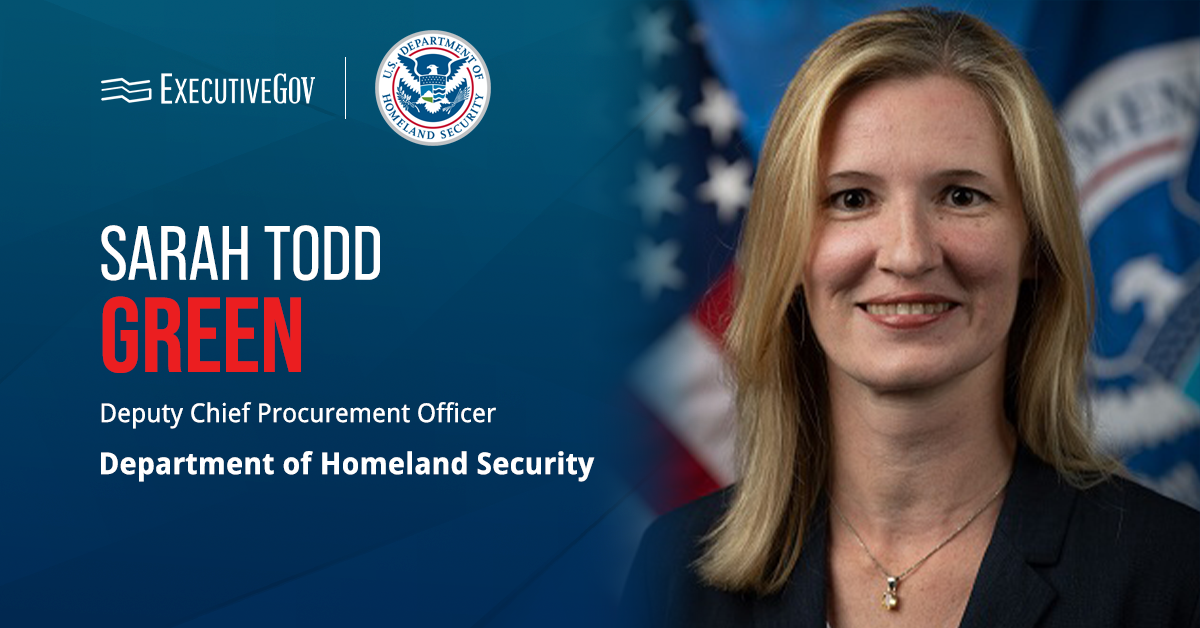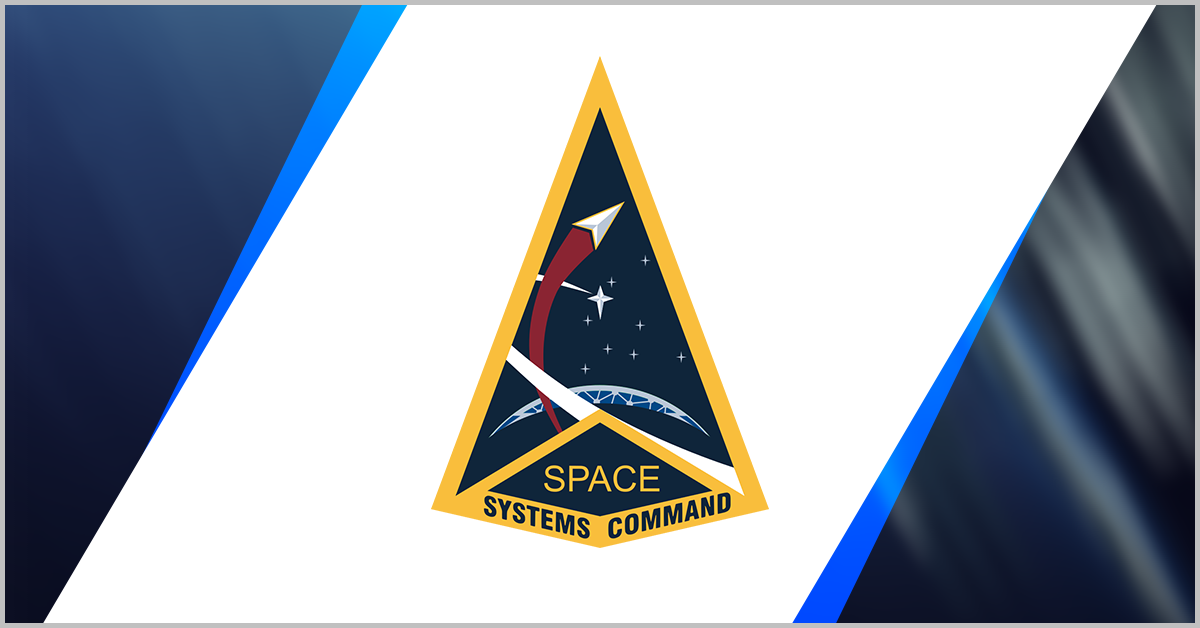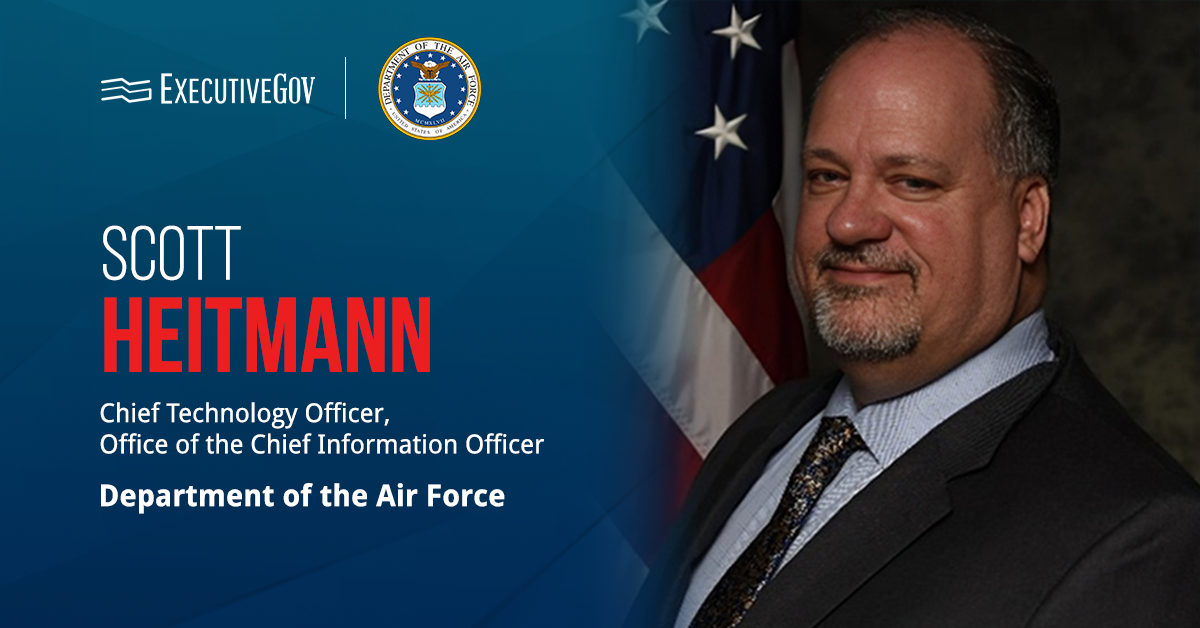The Department of Homeland Security has promoted its former acquisition policy and legislation branch executive director, Sarah Todd Green, to deputy chief procurement officer. Green, who shared her promotion in a LinkedIn post, already has more than four years of working experience in the DHS, according to her profile on the social media page.
Green’s role in her previous DHS post involved work in the department’s procurement modernization, including her leadership in launching the DHS Vendor Cyber Hygiene Assessment Framework, the Homeland Security Today website reported.
Work Experience at ICE, IRS
Before joining DHS, she had a stint of more than nine years at the U.S. Immigration and Customs Enforcement wherein she served last as deputy head of contract services overseeing more than 170 employees and over $2.5 billion of annual procurement. Her previous ICE roles included working as unit chief and chief of staff for Office of Acquisition Management.
Green started her career in government service as a contract specialist for the Internal Revenue Service, a post she held for three years. Previous to IRS, she served as senior office manager for LML Aviation for over four years and as operations manager for Eagle Flight Training for more than two years.
Green earned a master of science in government contracts degree from the George Washington University School of Business and a Bachelor in Business Administration diploma from the University of Texas at Tyler.












